| Structure | Name/CAS No. | Articles |
|---|---|---|
 |
Methanol
CAS:67-56-1 |
|
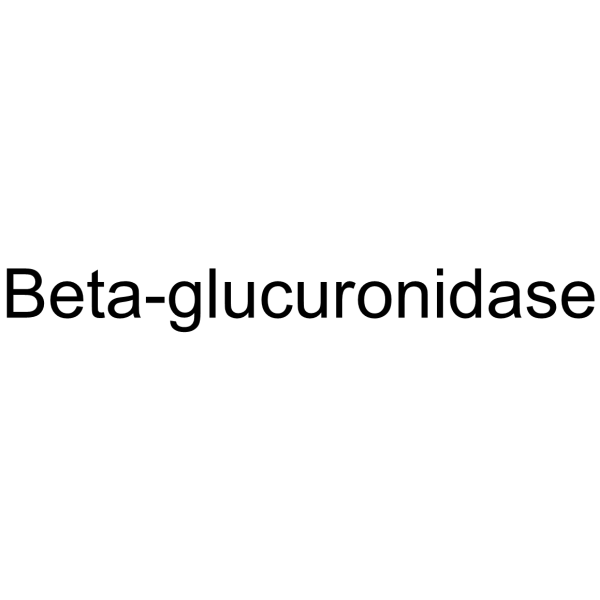 |
β-Glucuronidase from bovine liver
CAS:9001-45-0 |
|
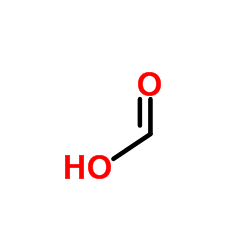 |
Formic Acid
CAS:64-18-6 |
|
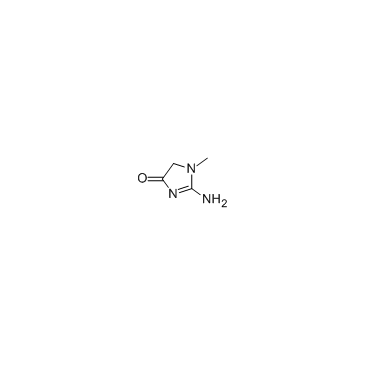 |
Creatinine
CAS:60-27-5 |
|
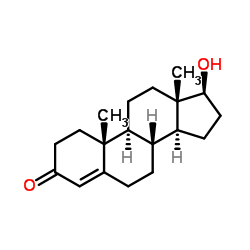 |
Testosterone
CAS:58-22-0 |
|
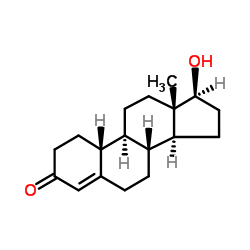 |
Nandrolone
CAS:434-22-0 |